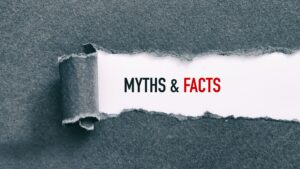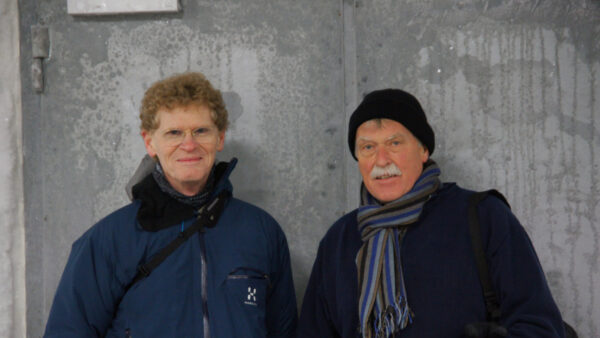In this European Seed series on Myths, Fake News, Misinformation and Disinformation, we dive deeper into the matter and put the spotlight on various aspects. In this second article, we take a look at the various types of myth and fake news, and what sets them apart.
Read part one here.
Disinformation refers to verifiably false or misleading information that is knowingly and intentionally created and shared for economic gain or to deliberately deceive, manipulate or inflict harm on a person, social group, organisation, or country. Fake news, synthetic media, including deepfakes, and hoaxes are forms of disinformation, among others.
Misinformation refers to false or misleading information that is shared unknowingly and is not intended to deliberately deceive, manipulate, or inflict harm on a person, social group, organisation, or country. Importantly, the spreader does not create or fabricate the initial misinformation content.
Contextual deception refers to the use of true but not necessarily related information to frame an event, issue or individual (e.g., a headline that does not match the corresponding article), or the misrepresentation of facts to support one’s narrative (e.g., to deliberately delete information that is essential context to understanding the original meaning). While the facts used are true (unlike disinformation) and unfabricated, the way in which they are used is disingenuous and with the intent to manipulate people or cause harm.
Propaganda refers to the activity or content adopted and propagated by governments, private firms, non-profits, and individuals to manage collective attitudes, values, narratives, and opinions. While propaganda can contain both true and untrue elements, it is often used to appeal to an individual’s or social group’s sentiments and emotions rather than being informative.
Satire is defined as language, film or other works of art that use humour and exaggeration to critique people or ideas, often as a form of social or political commentary. Satire is an important form of social and political criticism, using humour and wit to draw attention to issues in society, and when satire is first published, the viewer often recognises the content as satire in part because of where and how they view it (e.g., directly from a satirical newspaper). However, as the content is shared and re-shared, this connection is sometimes lost intentionally (or not) by the spreader, leading new viewers to misunderstand the original meaning
Fake news refers to false information that is “purposefully crafted, sensational, emotionally charged, misleading or totally fabricated information that mimics the form of mainstream news”. Fake news can be wholly fabricated or a mix of fact and fiction.
Deepfakes are synthetic media applications (e.g., videos or sound recordings) that alter a person’s appearance or voice in an attempt to deceive viewers or listeners that what they are seeing, or hearing is real. Like fake news, deepfakes can be a mixture of real and unreal elements or completely fabricated.
Based on: Lesher, M., H. Pawelec and A. Desai (2022), “Disentangling untruths online: Creators, spreaders and how to stop them”, Going Digital Toolkit Note, No. 23, https://goingdigital.oecd.org/data/notes/No23_ToolkitNote_UntruthsOnline.pdf
Read More:
Fake News, Misinformation and Disinformation in Agriculture
Anti-GMO Themes Losing Traction Worldwide, Suggests New Scientific Paper













